Modern Americans are desensitized to violence. With the images of destruction and brutality constantly playing on the screens we have in our living rooms, our public spaces, and even the palm of our own hands, perhaps this really isn’t surprising. As a result of our collective media overexposure, many Americans have become numb to the horrors of wars that are being fought in the name of their own country.
Artist and veteran James Razko tackles this “American-amnesia” head-on in his latest exhibition Destroy! Rebuild. Repeat?, asking viewers to reflect on the United State’s involvement in Iraq and Afghanistan as well as on our own responsibility as we watch a war being waged on our television screens.
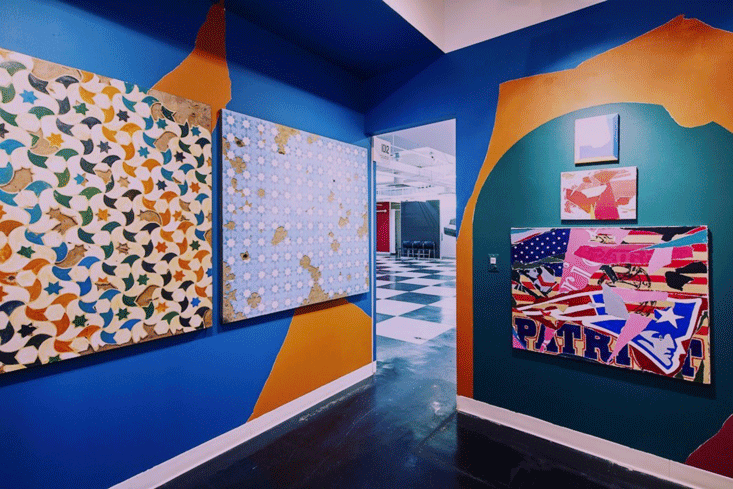
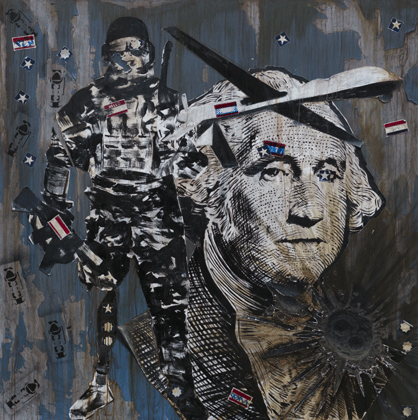
The violent conflicts have led to the total devastation of communities and the loss of countless lives, including tens of thousands of civilians and children, underscoring the urgency of the United Nations Sustainable Development Goal for Peace, Justice and Strong Institutions. In Destroy! Rebuild. Repeat? Razko reminds Americans that physical distance from the focal point of violence should not make us any less involved in the fight for peace.
“War for most Americans, at this moment, has been reduced to images and political stances,” Razko tells Arts Help, alluding to the disconnect that US citizens often feel with what we see in the media. As bombs drop on cities full of people, Americans watch on for a brief moment, thousands of miles away in our homes, before resuming our everyday lives.
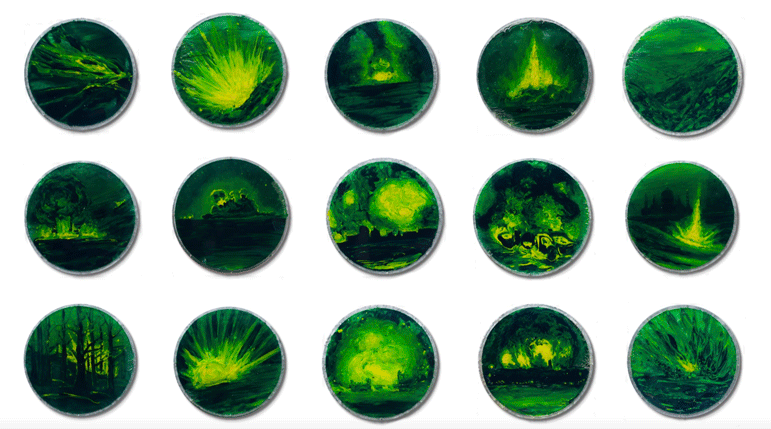
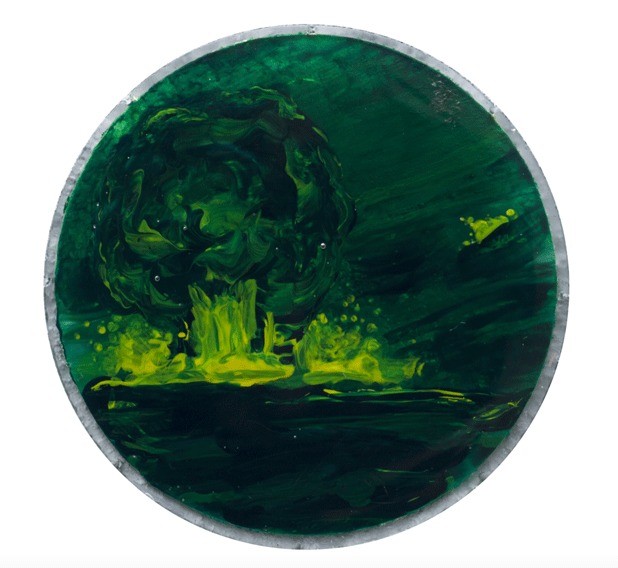
Fascinated with how extreme violence is depicted by the media, Razko reappropriates the aesthetic of the night vision goggles through which many have come to know war - distant, abstract flashes of bright green light on a small screen. “My ‘Night Visions’ paintings are about the horrific-sublime, viewership, and culpability,” explains Razko. “I want to ask - what does it mean to be a witness to something like a drone strike from a distance?”
Razko’s practice is rooted in the long tradition of the Artist Soldier - a path paved by figures like Franciso Goya and Otto Dix, whose paintings of unspeakable violence and trauma were a direct response to the artists’ personal encounters with war. Their images of slaughtered and deformed bodies that shocked audiences one hundred years ago, however, do not resonate the same way with modern viewers, for whom bloodshed and cruelty are often nothing more than background noise.
For this reason, Razko sees his job as a twenty-first century Artist Solder as one of translation - communicating his own lived experiences as a witness to humanity’s darkest side with a visual language better equipped to break down the wall built up by amnesia. He describes his method saying, “I try to come at the process of translating obliquely, allowing the viewer to be seduced by beauty, and creating room for a conversation, whether internal or external, to happen, to allow people to process what they already know to be true - war is bad - it’s not okay for us to be constantly waging it.”
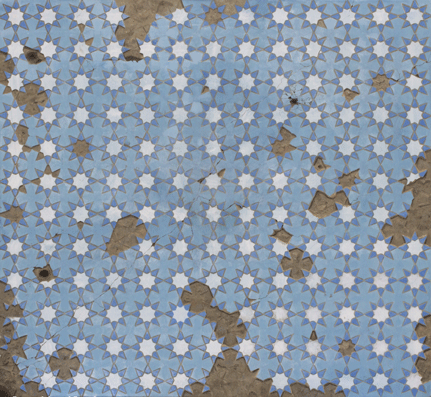
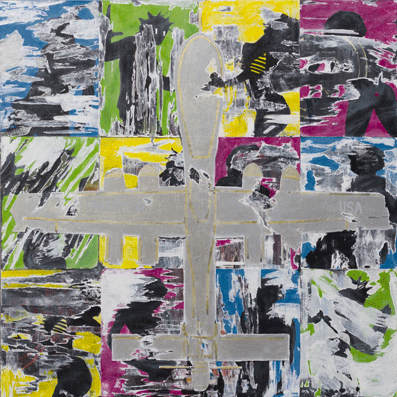
The exhibition was curated by artist Alonsa Guevara, who collaborated with Razko in building an immersive experience that fostered conversation. The painted walls, the intentionally organized layout, and the soundscape (a mix of church music, a call to prayer from Iraq, war recordings, and street music from a musician playing the Doumbek) all came together to form a space where the artworks could come to life and spark important dialogues among the visitors.
“Having these bodies of work surrounding each other gave space for viewers to pause and pay attention to the piece’s differences and find the thread that connected them all,” says Guevara. “They were beautifully interconnected because even though they are painted with a different visual language, they carry the same message of war awareness and political concerns.”
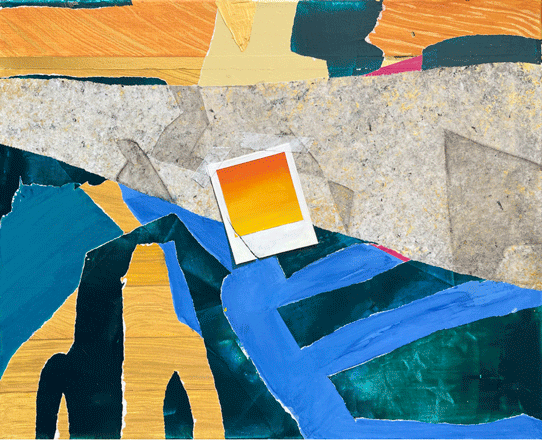
With Destroy! Rebuild. Repeat? Guevara and Razko sought to harness the beauty and power of painting to encourage people to confront a challenging subject and rethink their relationship to conflict - and it worked. Visitors to the exhibition, they happily recall, were surprisingly open and engaged, reflecting on the message of the artworks and asking important, thoughtful questions.
“I hope I have created some images that will stay with people,” says Razko, “images and ideas they will carry around and out into the world to share with others.”
The paintings featured in the exhibition, as well as his other projects, can be seen on Razko’s website.
